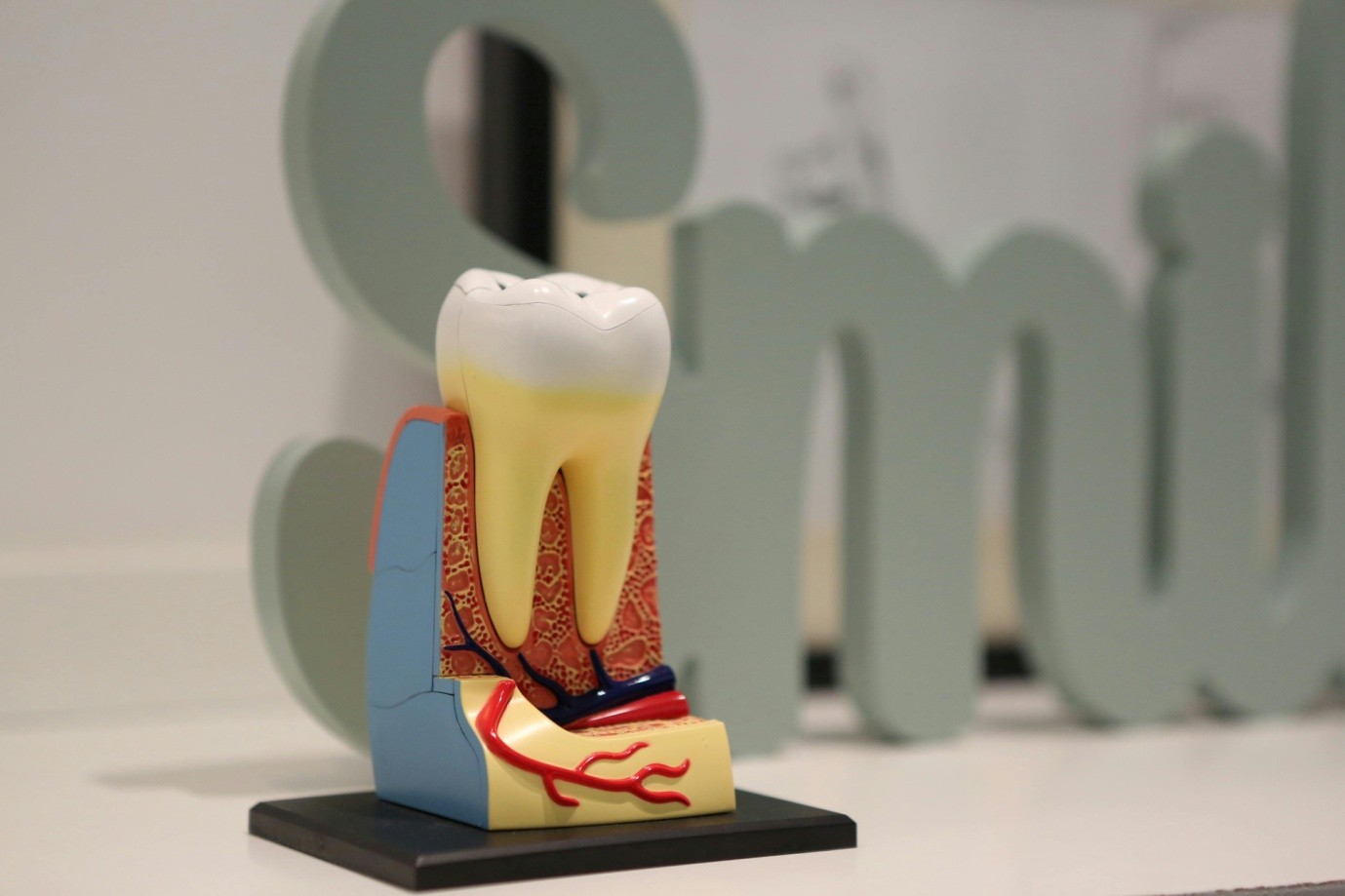What is a Painless Root Canal? Revolutionizing Dental Care
When most people hear the words “root canal,” a wave of anxiety often follows. The procedure has long been associated with pain, discomfort, and long hours in the dental chair. However, thanks to modern advancements in dental technology and techniques, that perception is changing. Enter the era of the painless root canal — a breakthrough that is transforming the patient experience and revolutionizing dental care.
In this blog, we’ll delve into what a painless root canal really means, how it works, the science behind it, and why it’s becoming the preferred choice for treating infected teeth. Whether you’re anxious about dental procedures or simply curious about the evolution of dentistry, read on to discover why you no longer need to fear root canal therapy.


Understanding the Root Canal Procedure
To understand what makes a root canal painless today, let’s first explore what the traditional root canal treatment entails.
A root canal is a dental procedure used to treat an infected or severely decayed tooth. Inside each tooth is a soft tissue called the pulp, which contains nerves, blood vessels, and connective tissue. When this pulp becomes infected due to deep decay, cracks, or trauma, it causes pain, swelling, and can even lead to an abscess.
The goal of a root canal treatment is to:
- Remove the infected pulp
- Clean and disinfect the inner chambers of the tooth
- Fill and seal the space to prevent future infection
Traditionally, the idea of drilling deep into a tooth and removing the nerve struck fear in many. But now, with painless root canal techniques, this fear is becoming a thing of the past.
What Makes a Root Canal “Painless”?
A painless root canal doesn’t mean you won’t feel anything — rather, it means that the procedure is carried out with minimal to zero discomfort, thanks to advanced technology and refined techniques. It combines effective local anesthesia, modern equipment, and pain management protocols to ensure the patient feels as comfortable as possible during and after the procedure.
Here are the key elements that contribute to a painless experience:
Advanced Local Anesthesia
Modern anesthetics are faster-acting and longer-lasting. Dentists now use topical numbing gels followed by precision injections that target only the treatment area, keeping the entire process virtually pain-free.
Rotary Instruments
Unlike traditional manual files, rotary tools use a small, motorized handpiece that gently and efficiently cleans out the infected canals. These tools cause less irritation to surrounding tissues and significantly reduce treatment time.
Microscopic Technology
High-powered dental microscopes allow the dentist to see inside the canals in extreme detail. This means better precision, less trauma to the tooth, and a smoother procedure overall.
Digital Imaging and 3D Scanning
With digital X-rays and CBCT scans, dentists can visualize the tooth’s root structure in 3D, allowing for accurate diagnosis and planning — ultimately reducing treatment complexity and discomfort.
Sedation Options
For patients with dental anxiety, mild sedation (such as nitrous oxide or oral sedatives) can be used to create a calm, relaxed state. Some clinics even offer conscious sedation, where you’re awake but completely at ease.
Step-by-Step: The Painless Root Canal Experience
Let’s walk through what happens during a modern, painless root canal session.
Examination and Diagnosis
The process begins with a thorough evaluation of your symptoms. Your dentist will take digital X-rays or scans to assess the extent of infection and determine if a root canal is necessary.
Numbing the Area
Before anything begins, the dentist applies a topical numbing gel followed by a local anesthetic injection. You’ll be completely numb in the targeted area, so you won’t feel the procedure as it’s performed.
Accessing the Pulp
A small opening is made in the top of the tooth to access the infected pulp. This is done using specialized drills designed to be fast and minimally invasive.
Cleaning the Canals
Using rotary files and irrigation systems, the dentist carefully removes all the infected tissue and cleans the canal system. This step is crucial to prevent reinfection.
Filling and Sealing
Once cleaned and disinfected, the canals are filled with a biocompatible material called gutta-percha and then sealed to protect the tooth.
Restoration
A temporary or permanent filling is placed, and in most cases, a dental crown is recommended in a follow-up visit to fully restore the tooth’s strength and function.
Throughout the entire procedure, patients report feeling no pain — just mild pressure or movement, similar to a routine filling.
Benefits of a Painless Root Canal
So, why is this method gaining popularity so quickly? Here are the main reasons patients and dentists alike are embracing painless root canal treatments:
Comfort and Reduced Anxiety
With better anesthesia and calming options, even those with dental phobia can undergo the treatment without fear or stress.
Faster Healing
Minimally invasive techniques mean less trauma to the surrounding tissues, resulting in quicker healing and fewer post-treatment complications.
Saves the Natural Tooth
Rather than extracting a severely infected tooth, a root canal allows you to preserve your natural tooth — maintaining your smile, bite, and bone structure.
Long-Term Solution
Root canals offer a durable, long-lasting solution. With proper care and a crown, the treated tooth can last a lifetime.
Avoids Complications
Untreated infections can lead to abscesses, bone loss, or even systemic issues. A root canal stops the infection in its tracks.
Is a Root Canal Really Painless for Everyone?
While “painless” is the goal, some patients might experience minor discomfort or sensitivity after the anesthetic wears off — especially if the infection was severe. However, this is typically manageable with over-the-counter pain relievers and subsides within a few days.
If you experience significant pain or swelling after a root canal, it’s important to follow up with your dentist, as this could signal a complication.
How to Care for Your Tooth After a Root Canal
Post-treatment care is essential to ensure long-term success. Here are some tips to keep your restored tooth healthy:
- Avoid hard or crunchy foods until the final crown is placed.
- Brush and floss daily as usual.
- Keep up with regular dental check-ups.
- Follow your dentist’s aftercare instructions carefully.
Once your crown is placed, you can use your tooth like normal — without the worry of pain or infection.
The Evolution of Dentistry: From Painful to Painless
The transformation of root canal therapy is part of a larger trend in modern dentistry — patient-centered care. With advances in digital tools, sedation, and pain management, dental visits are becoming more comfortable than ever.
Gone are the days of enduring toothaches or delaying treatment out of fear. Today’s dental professionals are focused not only on treating disease but on making the experience as stress-free and pleasant as possible.
Final Thoughts: Don’t Fear the Root Canal Anymore
If you've been putting off dental care due to fear of a root canal, it’s time to rethink everything you’ve heard. Painless root canal treatments are no longer a futuristic idea — they’re happening now in clinics around the world. With the right technology, skilled hands, and a focus on comfort, you can undergo this once-dreaded procedure without pain or anxiety.
So, the next time you hear that you need a root canal, don’t panic. Instead, feel confident knowing that modern dentistry has your back — and your smile.

